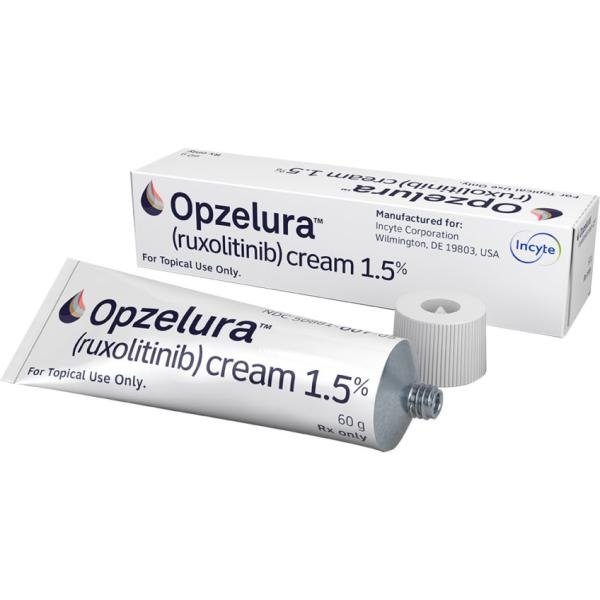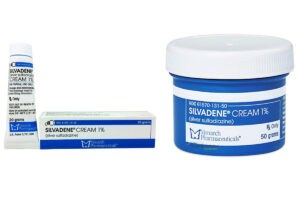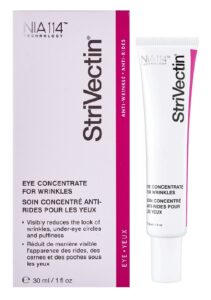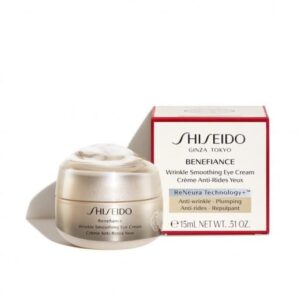OPZELURA (ruxolitinib) Cream 1.5% is a topical medication used to treat vitiligo, a skin condition that causes white patches to develop on the body. As someone who has researched this cream and its effects, I’m here to share a comprehensive overview based on user experiences, ingredient analysis, and frequently asked questions.
Table of Contents
Understanding OPZELURA® (ruxolitinib) Cream:
OPZELURA® cream 1.5% , also known as ruxolitinib, is a non-steroidal topical cream applied directly to the affected areas of the skin. It works by modulating the Janus kinase (JAK) pathway, which is involved in the inflammation and immune response.
Effectiveness:
Based on user reviews from various sources, OPZELURA® (ruxolitinib) 1.5% has shown promising results in treating vitiligo. Many users report experiencing:
- Positive effects: Some users see improvement in their skin tone within weeks, with continued use leading to more noticeable repigmentation.
- Faster results: Compared to traditional treatments, OPZELURA® seems to work quicker, with some users experiencing visible changes within 4 days.
It’s important to remember that individual experiences may vary, and consulting a dermatologist is crucial to determine if Opzelura cream is the right treatment for you.
Pros and Cons:
Pros:
- Effective: Many users report successful repigmentation with OPZELURA® cream.
- Non-steroidal: Unlike steroid creams, Opzelura cream carries a lower risk of long-term side effects associated with steroids.
- Easy to use: The cream is applied topically, making it a convenient treatment option.
Cons:
- Cost: Opzelura cream can be expensive, and some users have difficulty affording it even with insurance coverage.
- Side effects: While generally well-tolerated, some users experience side effects like urinary tract infections and acne.
- Long-term effects: As Opzelura cream is a relatively new medication, its long-term effects are still being studied.
Ingredient Analysis:
The primary ingredient in Opzelura cream is ruxolitinib, which belongs to a class of drugs called JAK inhibitors. JAK inhibitors work by blocking specific enzymes involved in the immune system’s inflammatory response.
Frequently Asked Questions (FAQs):
How effective is Opzelura cream?
User experiences suggest that Opzelura cream 1.5% can be effective in treating vitiligo, with some users experiencing improvement within weeks. However, individual results may vary, and consulting a dermatologist is essential to determine the best course of treatment for you.
What are the risks of Opzelura?
As with any medication, there are potential risks associated with Opzelura cream. Common side effects include urinary tract infections and acne. It’s important to discuss these risks with your doctor before starting treatment.
What is the success rate of Opzelura for vitiligo?
While clinical trials have shown promising results, more extensive research is needed to determine the long-term success rate of Opzelura cream for vitiligo.
Does Opzelura weaken the immune system?
Opzelura cream is a JAK inhibitor, which can affect the immune system. However, the extent to which it weakens the immune system is still being studied. It’s crucial to consult your doctor about any potential risks or interactions with other medications you are taking.
Alternatives to Opzelura Cream:
If you are considering Opzelura cream for treating your vitiligo, it’s important to discuss all your options with your dermatologist. Other treatment options may include:
- Phototherapy: This treatment uses ultraviolet light to stimulate pigment production in the skin.
- Corticosteroids: These topical medications can help reduce inflammation and promote repigmentation.
- Calcineurin inhibitors: These topical medications suppress the immune system and can be helpful for some people with vitiligo.
- Protopic Ointment: Another topical treatment for vitiligo, Protopic Ointment, has reported effective for some users.
- PUVA Therapy: Phototherapy with psoralen and ultraviolet A (PUVA) is another treatment option for vitiligo that your dermatologist may recommend.
Remember, this blog post is intended for informational purposes only and should not be a substitute for professional medical advice. Always consult with your dermatologist to discuss the best course of treatment for your individual needs.







